
Walt Crawford was a senior analyst at RLG for several decades, and more recently editorial director of the Library Leadership Network. He is now a semiretired writer and occasional speaker on libraries, technology, policy, and media. Since 2001 he has written the ejournal Cites & Insights. His published books include First Have Something to Say: Writing for the Library Profession (2003); Being Analog: Creating Tomorrow's Libraries (1999); Future Libraries: Dreams, Madness and Reality (with Michael Gorman, 1995); and eleven others going back to MARC for Library Use: Understanding the USMARC Formats (1984), along with several self-published books including Balanced Libraries: Thoughts on Continuity and Change (2007). Crawford has also published more than 500 articles and columns. In 1995, he received the American Library Association's LITA/Library Hi Tech Award for Excellence in Communication for Continuing Education, followed by the ALCTS/Blackwell Scholarship Award in 1997. He was president of the Library and Information Technology Association in 1992/93.
2011 by Walt Crawford. Any claim of copyright is subject to applicable limitations and exceptions, such as rights of fair use and library copying pursuant to Sections 107 and 108 of the U.S. Copyright Act. No copyright is claimed in content that is in the public domain, such as works of the U.S. government.
Printed in the United States of America
15 14 13 12 11 5 4 3 2 1
While extensive effort has gone into ensuring the reliability of the information in this book, the publisher makes no warranty, express or implied, with respect to the material contained herein.
Note that any URLs referenced in this volume, which were valid at the time of first print publication, may have changed prior to electronic publication.
ISBN: 978-0-8389-9271-5
Crawford, Walt.
Open access : what you need to know now / by Walt Crawford.
p. cm.(ALA Editions special report)
Includes bibliographical references and index.
ISBN 978-0-8389-9267-8 (alk. paper)
1. Open access publishing. I. Title.
Z286.O63C73 2011
070.5'7973dc22
2011004933
Series cover design by Casey Bayer. Series text design in Palatino Linotype and Avenir by Karen Sheets de Gracia. Composition by Patricia Galarza-Hernandez.
 This paper meets the requirements of ANSI/NISO Z39.48-1992 (Permanence of Paper).
This paper meets the requirements of ANSI/NISO Z39.48-1992 (Permanence of Paper).
ALA Editions also publishes its books in a variety of electronic formats. For more information, visit the ALA Store at www.alastore.ala.org and select eEditions.
CONTENTS
Thanks to all those who have written about open access, and always to my wife, Linda Driver, for encouraging my writing.
Special thanks to Dorothea Salo, Peter Suber, and Charles W. Bailey Jr., who reviewed the draft version of this book and offered valuable comments and criticisms. Failings in the final version are, of course, mine.
1
WHO
CARES?
R esearchers and scholars give away the results of their work, most commonly in the form of peer-reviewed journal articles, so that others can benefit from that work and build on it (and so their work will be recognized and have impact). We gain the most as a society and as individuals when that's a symmetric processwhen researchers and others can use those results without economic or other barriers.
That, in a nutshell, is what open access (OA) is all about. Open access literature is available online to be read for free by anyone, anytime, anywhereas long as they have Internet access.
That's a simple definition that surrounds a complex set of issues and definitions. This Special Report lays out some of those issues, shows areas where librarians can become effective advocates for OA and guides you to other resources for understanding, tracking and using OA.
First consider the question above: Who cares? More specifically, why should you and your library care about OA?
THE SHORT VERSION
Academic librarians and special librarians should care about OA for several reasons, including these:
- OA means that researchers and practitioners among your patrons can take advantage of the latest work in their field of interest without adding to your library's resource burdens.
- Your library almost certainly cannot provide all the journal literature that might be useful to your patrons. OA gets past that limitation.
- Your library budget is being squeezed by online and print journal costsparticularly in the fields of science, technology, engineering, and medicine (STEM)that grow much faster than inflation and leave little or no room for acquisitions in other areas. Widespread OA can ease that burden, allowing a more balanced set of expenditures in the future.
Public librarians should care about OA for more general reasons, including these:
- Effective open access speeds research and reduces wasted efforts by assuring that researchers can stay fully up to date on what's already been done. That benefits us all.
- You have practitioners and other patrons who need to know more about special topics in health and other areas where the journal literature is important, and still more patrons who wish to explore specialized areas. OA means your patrons can explore and learn as freely and as deeply as they choose.
- Chances are, there are independent researchers and scholars within your communityresearch and scholarship isn't limited to universities, colleges, and research labs. Those researchers and scholars need access to the journal literature just as much as institutional scholars. OA is the only plausible way to provide that access.
School librarians should care about OA for the same reasons all citizens should care about OA. Those reasons have to do with equity, access, fairness, and improved research productivity. They're explored in more detail in The Moral and Pragmatic Case for Open Access, below.
I Heard About an Article that Concerns me...
Consider a simple scenario. You or one of your patrons has read two newspaper articles describing research results you want to know more about. Maybe your patron has an obscure disease and the articles discuss promising research toward cures. Maybe you're tracking a new technology and the articles discuss important developments. One of the newspaper articles cites an article in PLoS Biology or PLoS Oneor an article from any of a number of high energyphysics journals. The second cites an article in a journal that's either prestigious and very expensive or obscure and not readily available. (What does very expensive mean? Quite a few journals cost more than $10,000 per year for institutional subscriptions, and bundles of online journals can cost libraries hundreds of thousands or millions of dollars per year. Individual article charges can readily run $30 or more, when individual articles are even available.)
In the second case, you may not be able to read the journal article itselfa vitally important step, especially given the mixed quality of science and medical writing in most newspapers and online sources. If you or your patron can, it will be because your library is spending substantial sums of money to support that access, because somebody pays a significant sum for a copy of the particular article, or because you're (eventually) able to acquire an ILL copy within the tight restrictions on article lending and borrowing. For an obscure journal, even finding ways to acquire the article may cause delays.

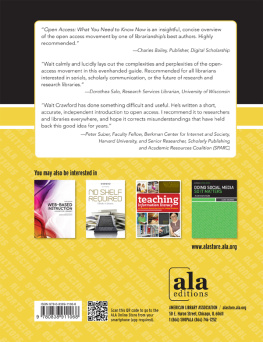
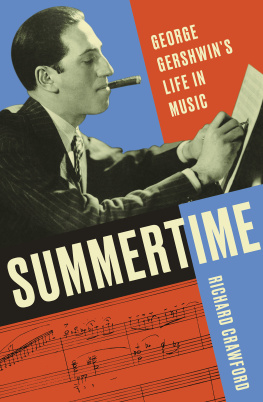


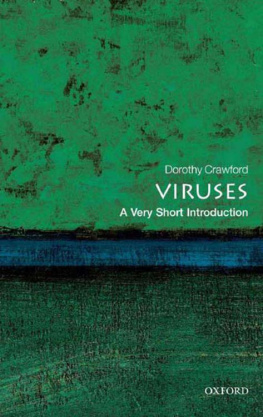


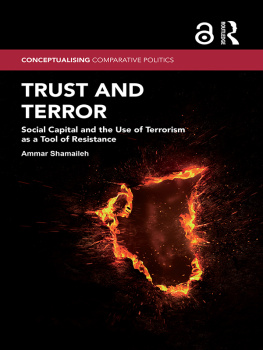

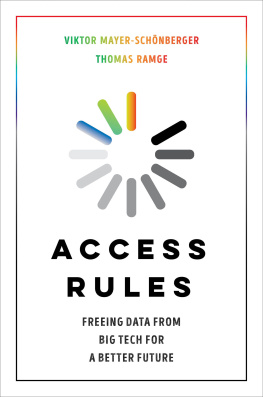
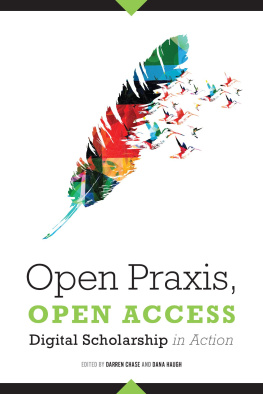

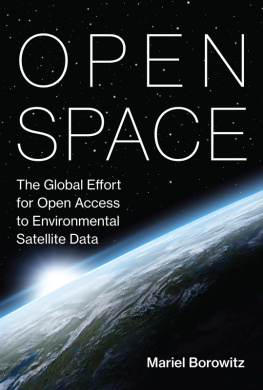
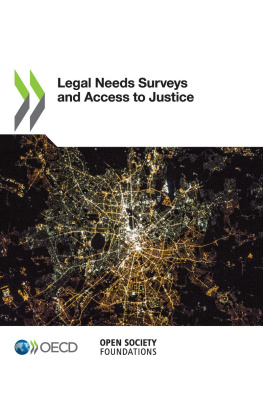

 This paper meets the requirements of ANSI/NISO Z39.48-1992 (Permanence of Paper).
This paper meets the requirements of ANSI/NISO Z39.48-1992 (Permanence of Paper).